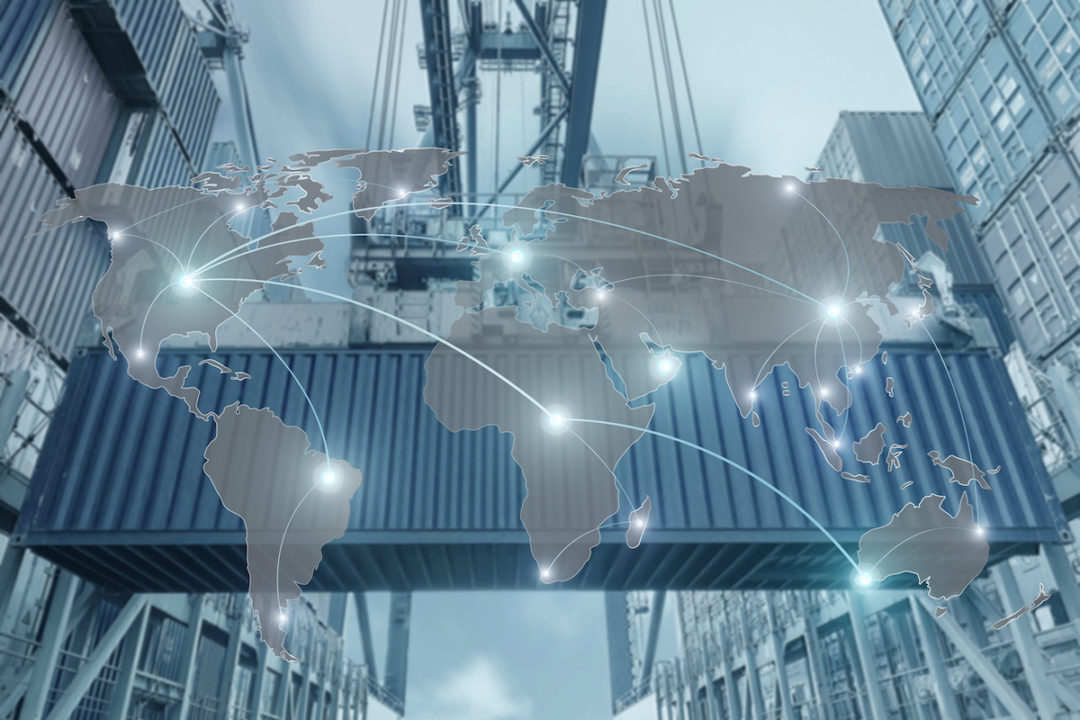
Consumers love things, and they love returning those things to get more things. The world spins on things, and companies are dependent on logistics experts to help them navigate efficient global supply chains in both directions.
Building reverse logistics capabilities was a big focus for tech companies in the early days of the pandemic, as they saw a chance to capitalize on the surge of e-commerce activity. But those pursuits soon proved more trouble than they were worth. Industry experts noted that tech companies lacked “experience with the physical world problems related to logistics,” and struggled with the nuanced relationships between products, places, and people.
When tech companies began offloading their reverse logistics businesses, industry giants with physical capabilities were waiting, eager to see if they could deploy those capabilities in-house. The need certainly remains, as do the potential rewards. During the 2022 holiday season, Salesforce estimated that as much as 16% of e-commerce orders were returned each week between November and February. And a FedEx study revealed that 98% of shoppers would be open to ordering from a brand again if it offered fast and convenient returns, while 56% would even be willing to pay for the service if those returns were hassle-free.
As shipping companies actively pursue reverse logistics technology to enhance their services, other non-traditional competitors are focused on building their own more intelligent supply chains, ones that enable real-time, data-driven collaboration. A critical part of that effort lies in procurement, which can be strained as supply chains become more complex. Procurement leaders depend on suppliers to source, obtain and organize their goods and services. New supplier relationships mean new supplier processes and new risks.
In recent years, innovative digital tools have been applied to the procurement sector, moving it further from its manual past by delivering automation, efficiency and greater resilience. Accenture, for one, recently completed the purchase of both a reverse logistics business and a procurement services firm. Commenting on the acquisitions, the firm said, “We see the focus on supply chain operations as a vital source of competitive advantage.”
Following are some ways that procurement is providing that advantage, by maximizing efficiency through technology, all while helping to improve reverse logistics in the process.
New global sourcing strategies and demand forecasting. Procurement teams deal with a tremendous amount of data, which can hamper efforts to make quick, informed decisions. But new artificial intelligence and machine learning tools make it possible to pull together diverse data sets into a single comprehensive analysis, allowing procurement leaders to spot shifts in global supply trends, gain unique insights into areas of potential opportunity, and identify recurring surges in demand.
Better threat analysis and supplier risk management. According to Deloitte, 70% of chief procurement officers have seen an increase in procurement-related supply chain disruption in the past year. AI can help automate the collection and processing of data, continuously analyze that data for threat patterns, and even suggest risk mitigation responses. This frees up procurement team resources to focus on more business-related tasks, and ensures that any risks related to suppliers or regulatory changes are caught and mitigated before impacting the rest of the supply chain.
Easier contract lifecycle management. From contract creation and negotiation to approval and renewal, supplier agreements take up a large percentage of a procurement team’s time, and are prone to human error. CLM tools are nothing new, but when infused with AI they can dramatically reduce the time it takes to draw up a contract and mediate conflicting language. They can also track important milestones and initiate reminders for any upcoming deadlines.
Improved real-time tracking and authenticating returned products. We’ve all been there: A package arrives damaged, disappears enroute, or ends up in a city with the same name on the other side of the country. These types of errors cost companies billions each year, and can have a lasting impact on trust and loyalty scores. Companies are now tackling this endemic problem by deploying internet of things technology, which embeds physical objects with sensors that collect data on things like performance and location. IoT sensors combine radio frequency identification tags with IoT devices for real-time monitoring of physical products, helping to optimize inventory management systems and provide better tracking accuracy. This is especially critical in reverse logistics, as companies seek to improve customer service and reduce the waste associated with lost or waylaid items.
Procurement is just the beginning. According to McKinsey, “The new economic era represents a unique opportunity for procurement to step up and redefine its scope, mandate, and playbook.” Bringing procurement into a company’s broader strategic imperatives, the firm notes, will be crucial in creating holistic value. That concept should be a top priority for procurement leaders in the year ahead, especially as shoppers continue to scrutinize the after-sales process and returns impact performance.
As challenging as accelerated digital transformation might be for the broader supply chain industry, any increased optimization in the procurement space is bound to ultimately benefit customers and our ongoing quest for things. As companies improve their reverse logistics capabilities, the old days of mistakes, frustrations and delays might soon be gone, hopefully never to return.
Anders Lillevik is chief executive officer of Focal Point,







